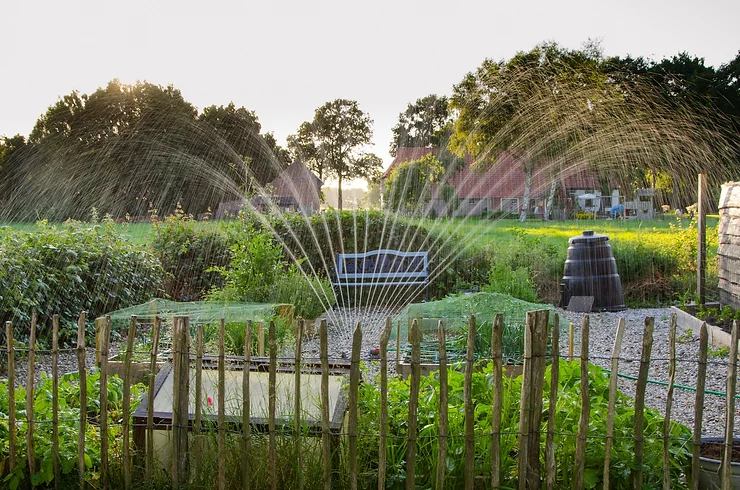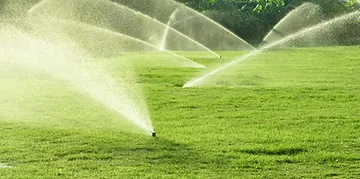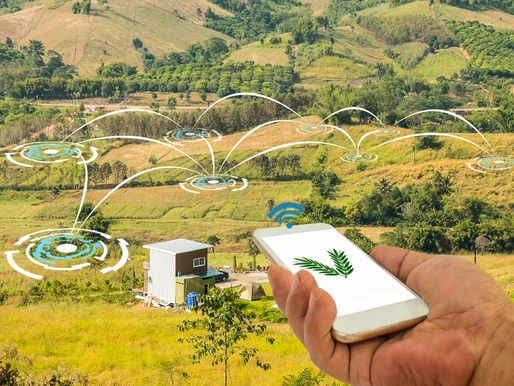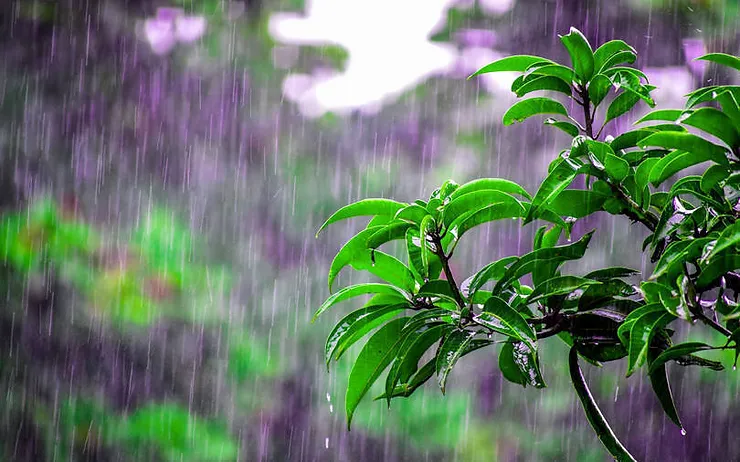Managing your irrigation can be tricky, especially if you have various plants mixed in with your lawn. If giving each plant the right amount of water isn’t challenging enough, you also have to think about how much shade you get compared to sunshine or the average rainfall to help get the irrigation right.
Becoming a master of irrigation management means you’ll have healthier plants while saving water – and if you do it right, it can be less work.

Three Types of Irrigation Systems
Irrigation comes in a few different forms, and what you go with will depend on your experience and landscape needs. Here are a few options for you to consider:
Sprinkler Systems
Sprinkler systems are a step above hand watering. While not as precise as drip irrigation, sprinklers can be ideal if you’re trying to sustain a lawn. Modern sprinklers run on timers, controllers, and moisture systems to reduce water waste. There are also high efficiency spray nozzles and bodies to help reduce misting, which
increases effectiveness of water delivery.


Automation: Irrigation Made Easy
We’ve outlined a few options for irrigation systems, but that’s only the beginning. By using controllers and timers, you can automate watering, set up zones for groups of plants with similar needs, and abide by municipal watering guidelines.
Timers
Timers connect directly to the water source and let you regulate the release of water. Installing timers gives you peace of mind knowing your landscaping will always be consistently watered. Just remember to install a rain sensor to avoid doubling up on water during rainy days.
Controllers
Controllers are another excellent tool for irrigation management. You can use one with sprinklers or drip irrigation through a valve system. With a controller, you’re able to set up zones for plants with similar water requirements.
So if you have a mix of succulents, edible gardens, and grass, a controller will allow you to meet the needs of each one easily.
Other Factors to Consider
Every yard is unique, and there are other factors at play when it comes to selecting one of the systems mentioned above.
Here are some other things to keep in mind when planning out your irrigation management system:

What is your average rainfall?
Rain sensors can make this a none issue. But if you decide not to go that route, be sure to consider your average rainfall and make sure your system is easy to adjust.
Does your landscaping have variety?
Having plant variety will have a considerable impact on your irrigation needs. As we mentioned before, controllers and valves are a great way to manage plants with different watering needs. Whether you prefer drip irrigation or sprinklers, using a controller to set up zones will help keep your plants healthy and cut down on water waste.
How Much Sun or Shade Do You Get?
Take some time to observe your yard and see which spots spend more time in the sun versus the shade.
Areas that are often sunny will benefit from drip irrigation or soaker hoses to help cut down evaporation.
Shaded areas have the opposite problem, depending on the vegetation in that area you’ll want to be careful not to overwater spots that stay cool most of the day.
Don’t Be Afraid to Experiment
Proper irrigation management is essential. Taking the time to select the best system for your needs while considering the factors we mentioned will help ensure healthy plants while reducing water waste. Don’t be afraid to mix match systems if you think your yard needs the best of both worlds. Need help planning and installing your irrigation? Give us a call at 818-751-2690 or contact us here.
